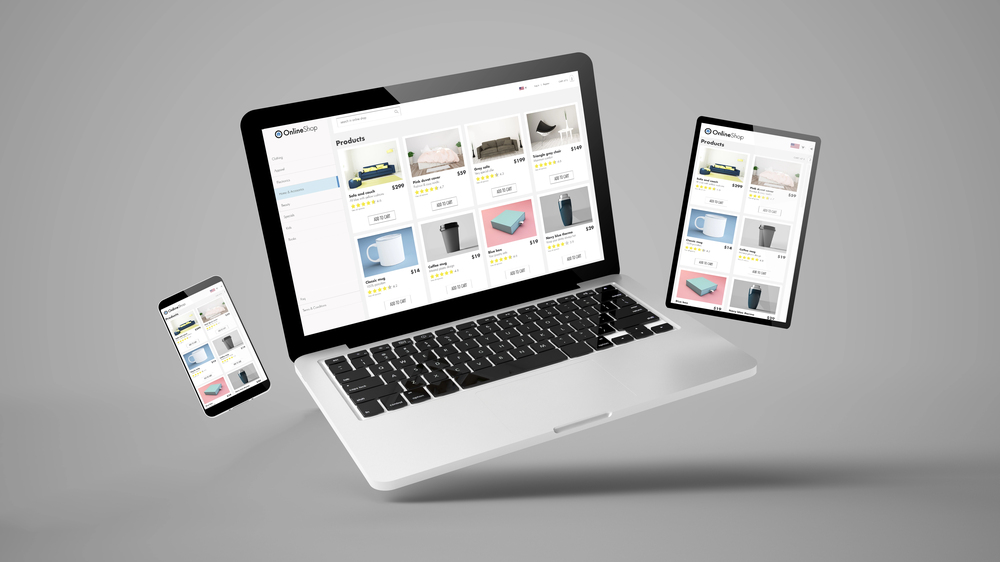Teens live online. Their digital footprint starts early, whether they realize it or not. Helping them build a safe, positive online identity isn’t about monitoring every move. It’s about showing them how to post with care, protect their privacy, and be themselves without setting up problems for later.
Choosing the Right Profile Picture
When teens make a profile picture, they’re picking the one photo that shows up everywhere: school sites, social media, email, and places they probably haven’t even thought about. It’s easy to overlook how much that one image says about them.
Your teen might spend ages trying to get the perfect shot. Most of the time, they are overthinking it. The best profile pictures are not the ones with perfect lighting or heavy filters. They are the ones who actually look like the person behind the screen.
Encourage them to choose a photo that feels like them. Something they will still like in a few months. Something that will not confuse people when they meet face to face.
Managing Privacy Settings Across Platforms
Privacy settings change constantly without much warning from social media companies. What seemed completely private last month might be visible to everyone now, and most teenagers have no idea how exposed their information actually is. Each platform has different rules, and some are far more secure than others.
College admissions counselors have gotten incredibly skilled at finding social media profiles, even ones that seem completely locked down. They’re not trying to invade privacy; they’re just being thorough about evaluating candidates. The same applies to future employers. This doesn’t mean teens should panic about every post, but they should avoid sharing anything they’d be embarrassed for authority figures to discover.
Building a Positive Digital Portfolio
A teen’s online presence shows people who they are and what matters to them. The profiles that leave a good impression feel real. They reflect genuine interests like sports, music, art, causes, or everyday life.
Not every post needs to be deep or impressive. Normal stuff works. Jokes, chats, regular moments. What matters is knowing what to keep private and what to let people see. Teens don’t need to perform. They just need to be honest.
People who look at profiles, such as admissions officers or employers, can tell when someone is faking it. What stands out is someone who knows themselves and shares with confidence.
Teaching Digital Empathy and Communication
Online communication removes all the normal cues that help people understand each other. Facial expressions, voice tone, body language, and timing all disappear behind screens. What seems like friendly teasing between close friends can appear mean or inappropriate to someone else reading the same conversation. Teen slang and inside jokes that make perfect sense to friends can completely confuse or offend adults who stumble across these conversations.
Digital empathy means teaching teens to pause before posting and consider how their words might affect different people. Would they say this directly to someone’s face? Could their comment be completely misunderstood without vocal tone? Might this post embarrass or hurt someone else? These questions aren’t always fun to consider, but they prevent enormous amounts of unnecessary conflict and damaged relationships.
Avoiding Common Online Pitfalls
Teenagers make impulsive decisions; that’s completely normal and part of growing up. The problem with social media is that it preserves those moments of poor judgment permanently. Screenshots can save “temporary” posts, search engines store cached versions, and content has a way of reappearing at terrible times.
Most major online disasters happen when emotions are intense. Posting while angry about something, sharing gossip, getting involved in online arguments, or uploading inappropriate photos from parties might feel satisfying immediately, but the consequences often last much longer than the original situation. Smarter teens develop personal strategies for these moments, such as writing posts but waiting until the next day to publish them, or asking trusted friends to review questionable content first.
Creating Boundaries and Healthy Habits
Social media hooks teens fast. The pings, the pressure to reply, the fear of missing something, it’s nonstop. Screen time can spiral before they even notice. Boundaries aren’t about control. They’re about helping teens notice when scrolling stops feeling good. If it starts to feel heavy, that’s the cue. A few limits can protect their headspace, make room for real connection, and remind them they don’t owe anyone constant access.
Your teen will mess up online. That’s not a crisis. It’s part of growing up. What matters is how they come back from it, what they learn, and how they move forward. Panic won’t help. Support will. With your guidance, they can build something online that feels real and safe. Something that reflects who they are now and who they’re becoming.






